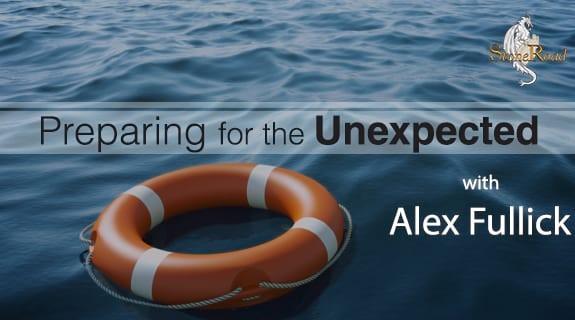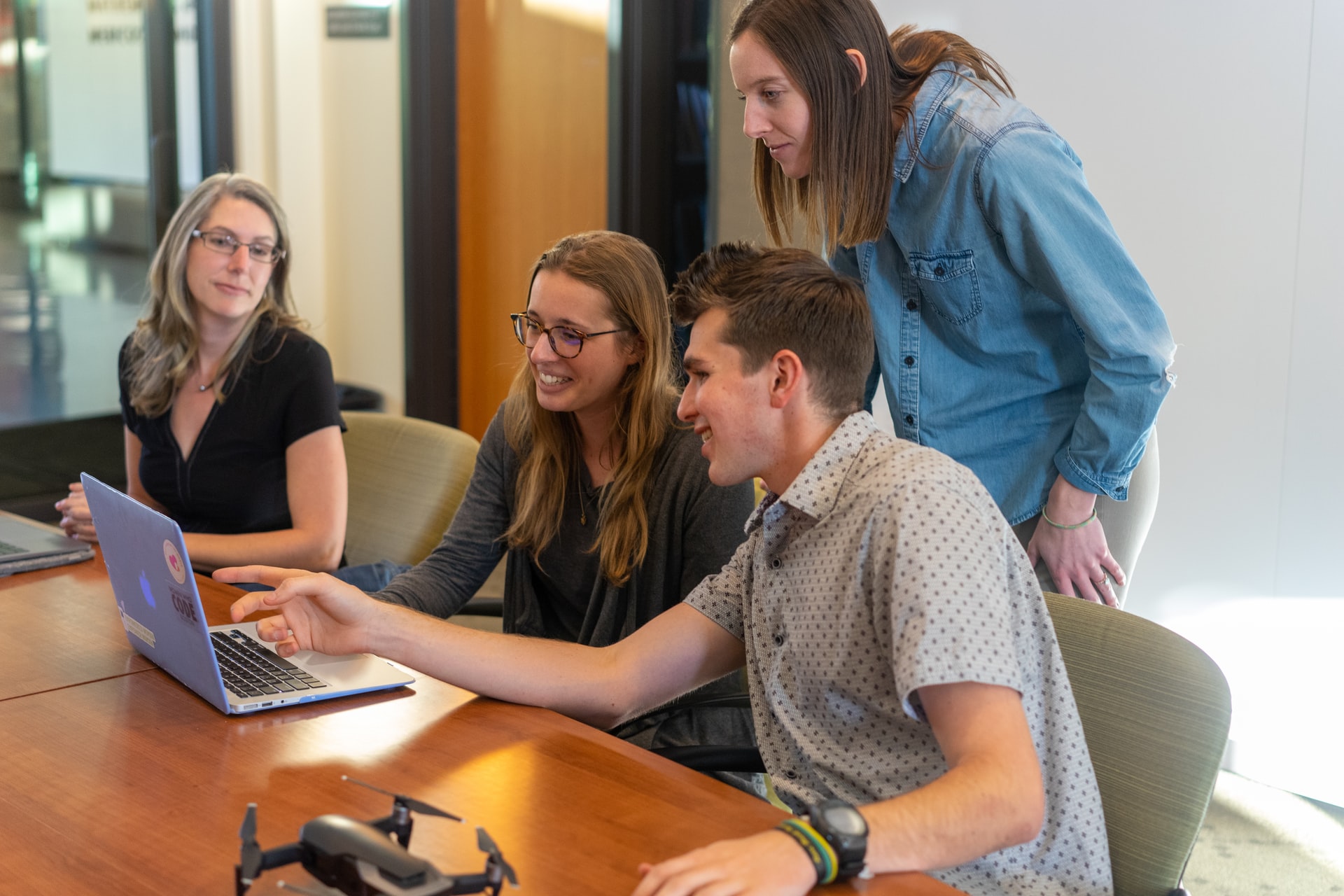In the Business of Conversation Starters: Reframing Surveys and Data Collection
When speaking with Dr. Linda Garcia of the Center for Community College Student Engagement, on my...
Read Moreby Stephanie Duguid | Nov 23, 2023 | Empowerment, VoiceAmerica | 0 |
When speaking with Dr. Linda Garcia of the Center for Community College Student Engagement, on my...
Read Moreby Stephanie Duguid | Oct 26, 2023 | Empowerment, VoiceAmerica | 0 |
When speaking to Brenda Jones, an Academic Support Coordinator at a university, on my...
Read Moreby Alex Fullick | May 25, 2023 | Business | 0 |
Join me Thursday, August 24/23 at 1pm EST on the VoiceAmerica Business Channel, as I talk with...
Read Moreby VoiceAmerica | May 4, 2022 | Business | 0 |
We at the Innovative Leadership Institute want to take a moment to recap what interviews have...
Read Moreby VoiceAmerica | May 4, 2022 | Business | 0 |
This week’s article is by Greg Moran, a C-level digital, strategy and change leadership executive...
Read Moreby VoiceAmerica | Apr 18, 2022 | Business | 0 |
This week’s article features Leah Lizarondo, CEO and co-founder of 412 Food Rescue, a social...
Read Moreby VoiceAmerica | Apr 11, 2022 | Business | 0 |
This week’s article, written by Maureen Metcalf, was originally published by the Forbes Coaches...
Read Moreby VoiceAmerica | Mar 28, 2022 | Business | 0 |
This week we continue the Connex Executive Insights Series, produced in collaboration with Connex...
Read Moreby VoiceAmerica | Mar 22, 2022 | Business | 0 |
This week’s article, written by Maureen Metcalf, analyzes research data provided by John...
Read Moreby VoiceAmerica | Feb 28, 2022 | Business | 0 |
This week’s article is provided by Faris Alami, Founder and CEO of ISM. It is a companion to the...
Read Moreby VoiceAmerica | Feb 24, 2022 | Business | 0 |
This week we continue the Connex Executive Insights Series, produced in collaboration with Connex...
Read Moreby VoiceAmerica | Feb 16, 2022 | Business | 0 |
This week’s article is written by Peter Cunningham, Head of Leadership at the Geneva Center for...
Read More












